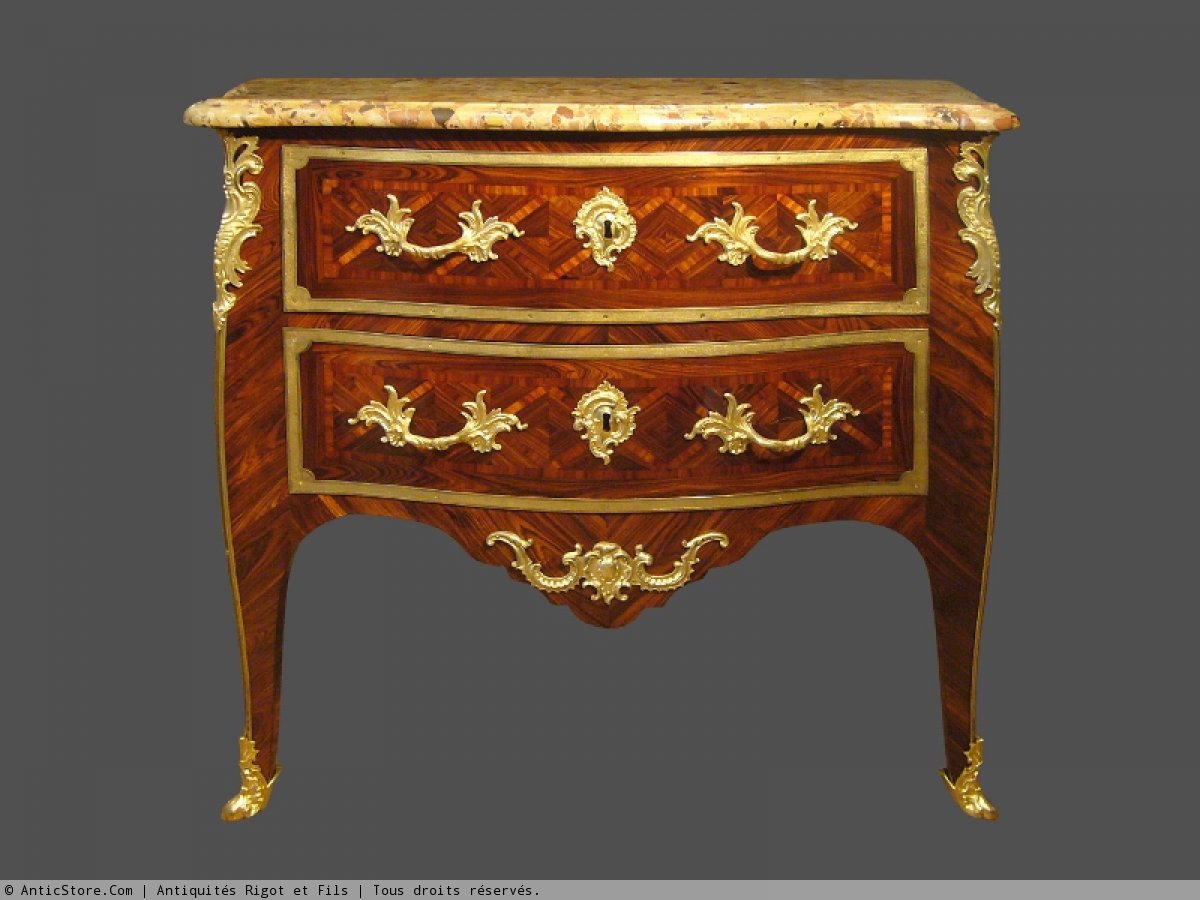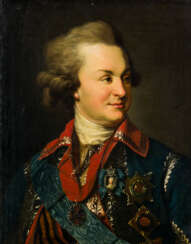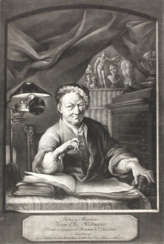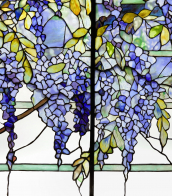lampi portrait


Alexander Roslin was a distinguished Swedish portrait painter, celebrated for his refined depictions of European aristocracy, often highlighting his subjects' luxurious garments with great precision. Born in Malmö on July 15, 1718, Roslin moved to Paris in 1752 after developing his artistic skills in Sweden and traveling through Europe. His stay in Paris marked the peak of his career, where he became a prominent artist noted for his ability to capture the subtle intricacies of satin and skin, earning the admiration of high society.
Throughout his career, Roslin painted notable figures such as Empress Catherine II of Russia and members of the French aristocracy. His works, such as "The Lady with the Veil" (1768), showcase his skill in portraying delicate complexions and rich textiles, attributes that made his paintings highly sought after. This painting, along with others like "King Gustav III of Sweden" (1777), are celebrated for their artistic finesse and are held in prestigious collections, indicating Roslin's lasting legacy in the art world.
For collectors and enthusiasts of classical portraiture, Roslin's work offers a glimpse into the elegance of 18th-century aristocratic life, capturing both the opulence of the era and the personal character of his subjects. To stay updated on exhibitions and sales of Alexander Roslin's works, sign up for our newsletter. This subscription will keep you informed about new acquisitions and notable auction events featuring Roslin's art, ensuring you never miss an opportunity to appreciate or acquire his exquisite portraits.


Lisel Oppel, actually Anna Amalie Elisabeth Oppel, was a German painter and ceramist who remains to this day one of the most memorable members of the Worpswede artist colony. From 1917 she studied painting at the Academy of Fine Arts in Munich with Richard Riemerschmid and Hermann Gröber.
Liesel Oppel painted simple paintings with great joy and colourfulness; mainly portraits, people at work and on holidays, less often pure landscapes. One of Oppel's special pictorial themes was children's pastimes in the countryside, in which she adopted and extended the motifs of the early Worpswede artists. Most of her work was created in the 1950s. She continued her expressive painting style.


Paul Delvaux, a Belgian painter, stands out in the history of art for his dreamlike scenes that weave together elements of surrealism with classical influences. Born on September 23, 1897, Delvaux's early works were influenced by Flemish Expressionists and the palette of James Ensor, showcasing nudes in landscapes characterized by a somewhat stiff portrayal. His style evolved significantly over time, with a pivotal change around 1933 under the influence of Giorgio de Chirico's metaphysical art, leading to his hallmark style of semi-nude figures in classical ruins or dark forests.
Delvaux's unique approach to art was not confined to the traditional bounds of the Surrealist movement, despite the similarities in thematic content. His work is distinguished by the inclusion of motifs like skeletons and idealized female nudes, set against backgrounds that often feature classical architecture or eerie night scenes. This blend of motifs reflects Delvaux's lifelong fascination with themes of memory, dreams, and the subconscious, a fascination further inspired by the works of René Magritte, though Delvaux maintained a respectful but uneasy relationship with him.
Despite his influences, Delvaux was cautious about aligning too closely with any single art movement or 'ism,' including Surrealism. His visit to an exhibition of Giorgio de Chirico's work in 1926 left a lasting impression, shaping his aesthetic towards creating enigmatic landscapes filled with anachronistic elements. Yet, he kept a distance from the Surrealists, preferring to explore his unique blend of reality and fantasy.
Delvaux's artistry is also deeply personal, drawing heavily from his youth and early experiences. The impact of his childhood, including encounters with medical curiosities at the Midi Fair in Brussels and the poetry of Homer, can be seen in the recurring themes of his work. These personal motifs, alongside his sophisticated use of light and shadow, lend his paintings a poetic dimension that transcends the mere visual to evoke a deeper emotional resonance.
Paul Delvaux's contributions to art are celebrated worldwide, with his works residing in prestigious galleries, including the Tate collection, underscoring his significance in the art world. His ability to blend the surreal with the classical, the personal with the universal, has cemented his legacy as an artist who transcended the boundaries of his time to explore the endless possibilities of imagination and memory.
For collectors and art experts interested in the nuanced realms of culture, art, and the legacy of influential painters like Paul Delvaux, staying informed about new discoveries, sales, and auction events related to his work is essential. Signing up for updates can provide exclusive insights into the evolving appreciation of Delvaux's contributions to modern art.


Josef Baumhauer is a French cabinetmaker (ébéniste) of German origin.

Jean-François Leleu was a leading French furniture-maker (ébéniste) of the eighteenth century who was trained alongside his rival Jean-Henri Riesener, in the workshop of Jean-François Oeben. After his master's death, he became the workshop's lead and became a master ébéniste in 1764. Leleu had the patronage of wealthy aristocrats, including the Prince de Condé, Louis-Joseph de Bourbon. His furniture was known for its high quality, elegance, and restraint, with inlays of diamonds, roses, or floral bouquets. When working for marchands-merciers, he also used inlays of Sèvres porcelain and lacquer. Leleu's clients included the Prince de Condé and Madame du Barry.


Frederick Carder was an English-born artist and designer who is best known for his work in glassmaking and his role in co-founding the Steuben Glass Works in the United States. He was a prominent figure in the American art glass movement and made significant contributions to the field.
In 1903, Carder immigrated to the United States and eventually settled in Corning, New York. In collaboration with Thomas G. Hawkes, he co-founded the Steuben Glass Works in 1903. Carder served as the artistic director and chief designer of Steuben for several decades. Under his guidance, Steuben became renowned for producing high-quality art glass known for its elegance, craftsmanship, and innovative designs.
Carder experimented with various glass-making techniques and was skilled in creating a wide range of glass objects, including vases, bowls, lamps, and tableware. His designs showcased a diverse range of styles, from delicate and intricate Art Nouveau-inspired pieces to bold and modern Art Deco designs. Carder's work often featured vibrant colors, intricate patterns, and intricate glass techniques such as iridizing and acid etching


Pablo Ruiz Picasso, a Spanish artist renowned for his revolutionary contributions to the 20th-century art scene, is a figure that resonates profoundly with collectors and art experts. His unique blend of talents in painting, sculpture, printmaking, and ceramic art, infused with his time in France, positioned him as a pivotal character in modern art history.
Picasso's artistic journey was marked by distinct periods, each showcasing his evolving style and genius. His early years were characterized by the Blue Period (1901-1904), followed by the Rose Period (1904-1906), and then the African-influenced Period (1907-1909). Picasso's name is synonymous with Cubism, a movement he co-founded, which significantly altered artistic perspectives and methods. Works like "Les Demoiselles d'Avignon" (1907) and "Guernica" (1937) are emblematic of his cubist legacy, the latter being a poignant anti-war statement that remains influential.
His later years saw a return to more traditional styles, with neoclassical and surrealist influences becoming evident. Works from these phases reflect a deep engagement with mythological themes, as seen in "Faun with Stars" (1955), symbolizing his late-life romance with Jacqueline Roque, his second wife.
Picasso's prolific output and innovative spirit made him a legend in his own time, a status that only grew after his death. His works, housed in major museums and private collections worldwide, continue to captivate and inspire.
As a collector or expert in art and antiques, staying informed about Picasso's works, their auction events, and sales is essential. To stay updated on the latest developments and opportunities related to Pablo Picasso, sign up for our specialized updates. Rest assured, this subscription will focus solely on new product sales and auction events pertaining to Picasso's art, ensuring that you receive only the most relevant and valuable information.



















































































